Five essential cyclocross skills to perfect this winter
Mastering these key skills will have you riding through mud like a cyclocross pro
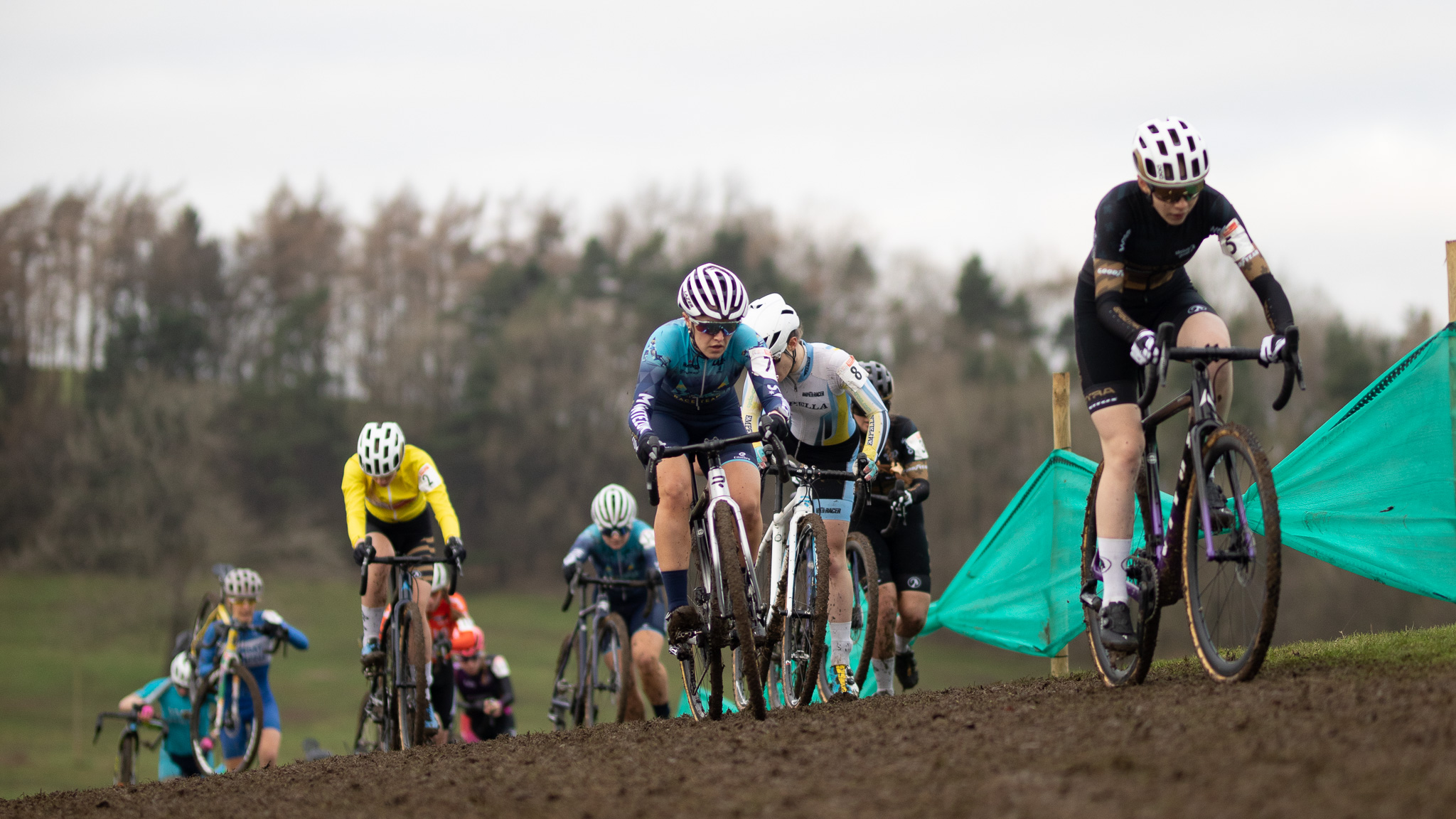
So you may have watched it on TV or your friends have told you how much fun it is, you've maybe even read why you should try cyclocross this winter and decided now is the time to give it a go.
And as much as your summer mountain bike fitness will help you in your first cyclocross race, this epic winter discipline rewards bike-handling expertise far more than other forms of racing and there are several key cyclocross skills you’ll need to learn quickly to climb up the field and get on the podium this winter.
Here are our five cyclocross skills to master which will help make your initiation to cyclocross racing slightly less intimidating.

1. The start
The start of a cyclocross race is crucial in order to maintain your place, avoid the flying elbows of the pack and take advantage of any collisions that may (and usually) happen.
With all your race rivals going flat out to the first bend, nailing a perfect start will make all the difference to how your race will pan out. So getting clipped-in on the first pedal stroke is vital, allowing you to put out max effort straight away and get into that all-important corner, that can be decisive in a race.
You'll be given a pre-race grid position that typically corresponds with your ranking. As a novice, you'll start from the back, making the start even more important.
Practice makes perfect so find a similar terrain that your race will start on, usually flat grass or concrete and perfect those getaways. Fine tune your gear selection – low enough to ride from stationary, but not so low that you’ll spin out. Finally, practice with one foot clipped-in and ready to go, then getting your standing foot clipped-in as quickly as possible, ride away with max effort.
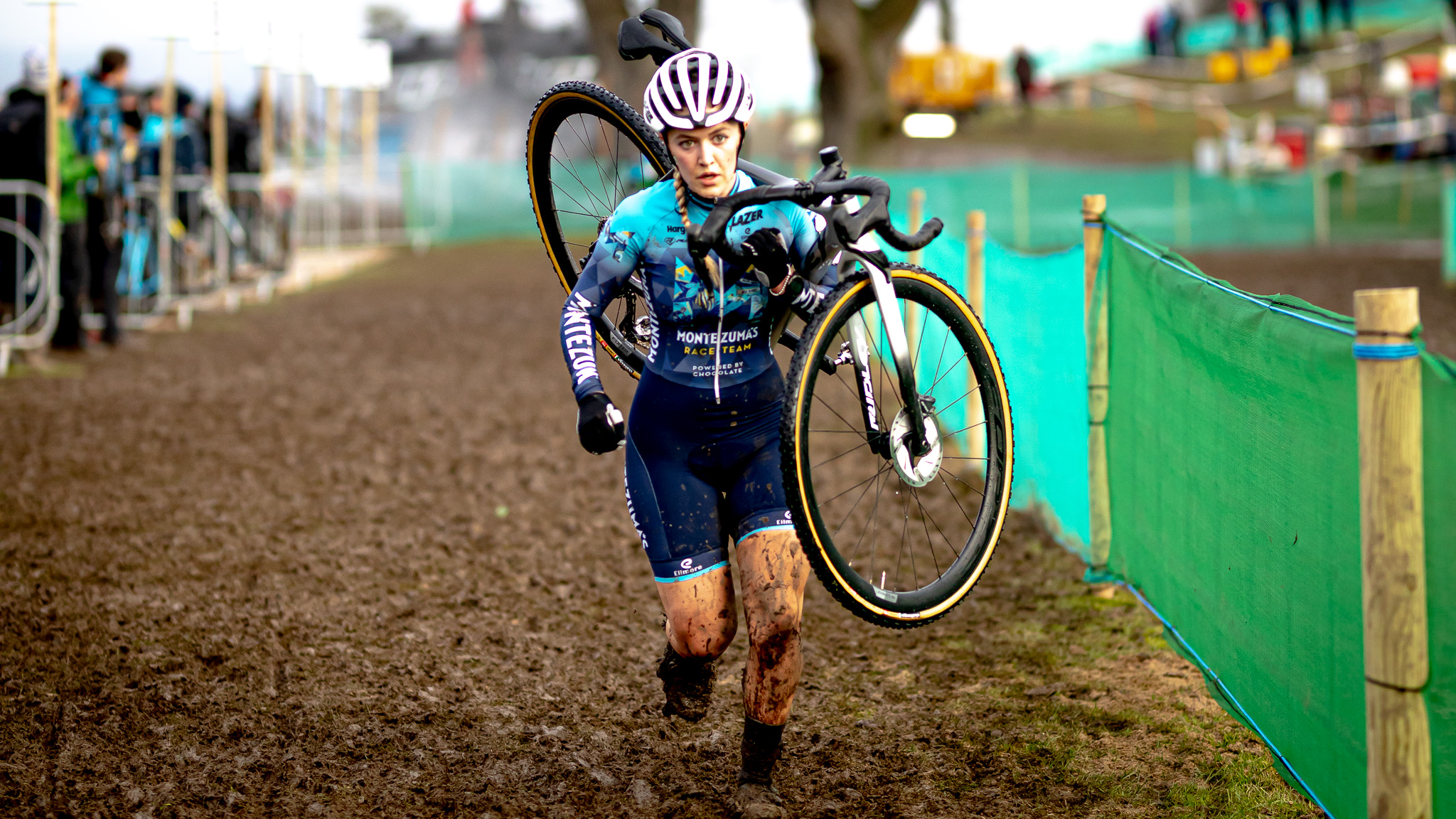
2. Dismounting and remounting
You'd think this would be quite simple, but in cyclocross, not so much. There are plenty of obstacles to negotiate once you survive the start – such as your competition, barriers and technical sections, like banks, hills and deep mud.
You'll find that it can be quicker getting off, pushing and running or shouldering your bike than actually riding it and it's a set of skills you will use on practically all courses. So having the running dismount, shouldering correctly and the remount of your bike technique perfected will save you precious time.
Running dismounts maintain the speed you’ve worked hard to build up, correctly shouldering the bike will get you moving over obstacles without tangling yourself or others up and remounting on the move gets you back to speed quickly. You'll also need your remounting technique perfected when you fall or crash and when you change a bike too.
Again, it's all about developing your skills, so create an obstacle, practice riding towards it at speed and timing the unclipping, dismounting and shouldering or running your bike over the obstacle to perfection. The time you can gain by having these moves smooth can have you ahead of the pack quickly.

3. The bunny hop
This bunny hop can have you reliving your youth from days riding your Raleigh Burner BMX. In cyclocross, it's an important technique that gets you over small obstacles without having to dismount, and if done correctly, will bring you big rewards.
Almost every cyclocross race from regional races to world championships will have at least two wooden barriers somewhere on the course, varying in height depending on how sadistic the course designer is feeling, spaced a few metres apart. The top riders skillfully jump over these wooden barriers and overtake their not-so-skilled rivals who have to dismount and run over, remount and clip back in.
It can be a high-risk, potentially race-winning manoeuvre, but as anyone who has not gained enough air attempting to clear the blocks of wood will testify, it can be a painful and embarrassing moment as you hit the dirt, usually with a few hecklers to mock your attempt.
If you’re unsure whether it’ll pay off, it’s best to use the running dismount, but for the brave, it's worth setting up some planks, scaffolding planks are great, and finding some soft ground to practice. You'll find the watching crowd cheering you even louder if you pull off the perfect bunny hop in a race.

4. Cornering
In the muddy gloop of a winter cyclocross race, cornering correctly at speed is another skill to learn quickly. Choosing the right line through a corner increases your exit speed and allows you to power out of it. Sounds simple but in the heat of battle, finding the line you want to take and holding that line as your rivals no doubt try to take the same isn't so easy.
Having your body positioned correctly on the bike will maintain grip, by holding your weight back, the front wheel can turn freely and maintain traction.
Tire pressure will vary from course to course and a practice lap or two will let you remove or add air to help your tires and avoid understeering or sliding out. On reverse cambers and slippy bends, the 'scoot' is worth mastering. Unclipping one foot, usually the inside, and touching the ground for balance gives extra balance and a feel to propel yourself around a corner.
Setting up traffic cones or sticks in the ground on different surfaces and riding in and out can develop your cornering skills.
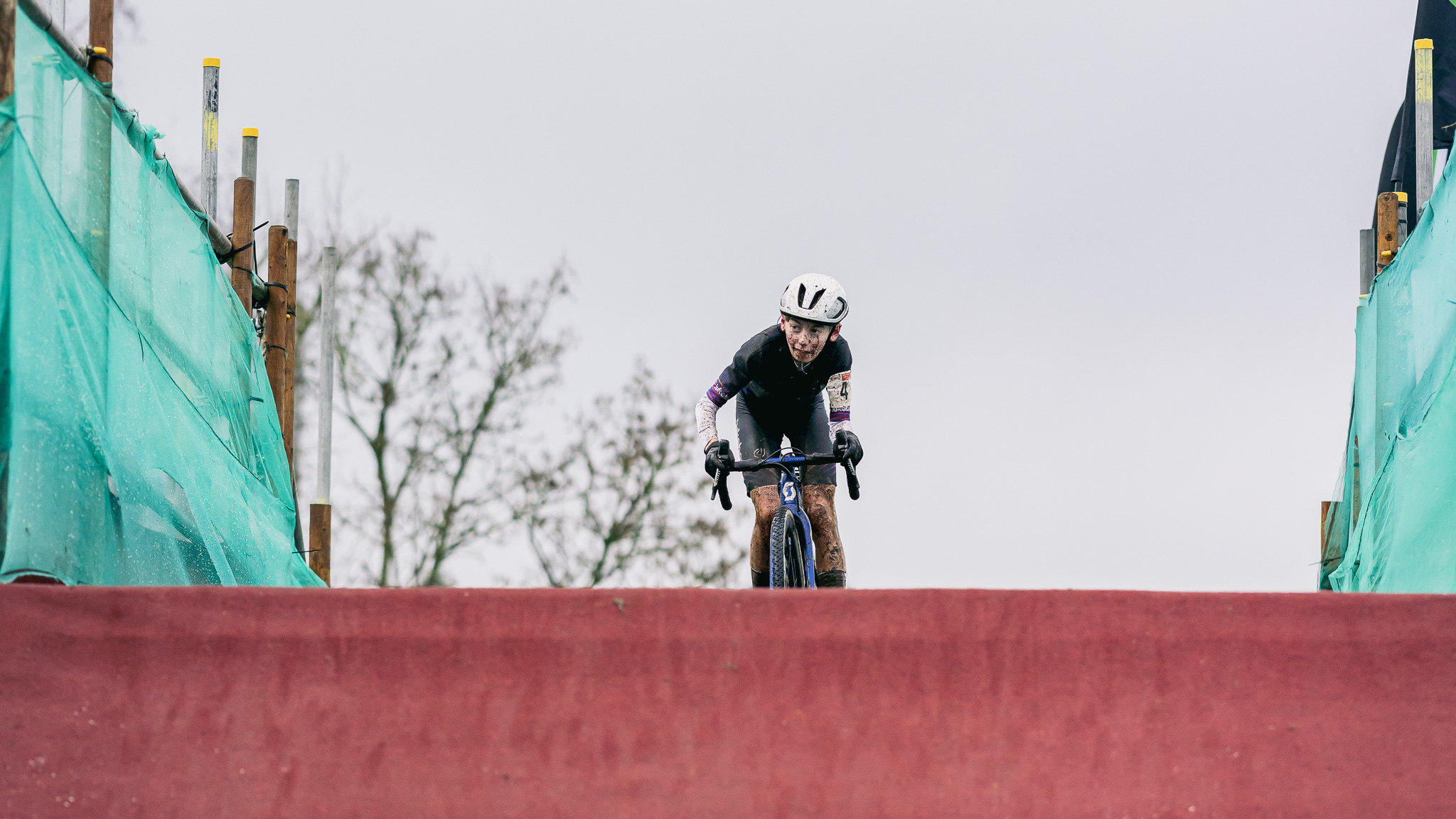
5. Climbing
Another feature of cyclocross races are the climbs, mostly they are short and punchy beasts that will have your lungs and legs screaming. They will be made out of the natural features of the track but also there can be man-made climbs, put together with scaffolding and brutally steep, again depending on the course designers mood.
If you can master getting up over these sharp climbs, you'll carry more speed over the crest and put time into rivals. Remember what goes up must come down, you'll need to have the skill to get down the other side too, there’s no magic involved, just fitness and perfecting the technique.
Experimenting with gearing and finding the best line on practice climbs and pre-race laps will be time well spent. Aim to carry as much speed into the bottom as possible, and have the appropriate gear in mind to avoid grinding to a halt halfway up. Your weight distribution between the rear wheel, for grip, and the front for steering to stop it lifting is all in the practice.
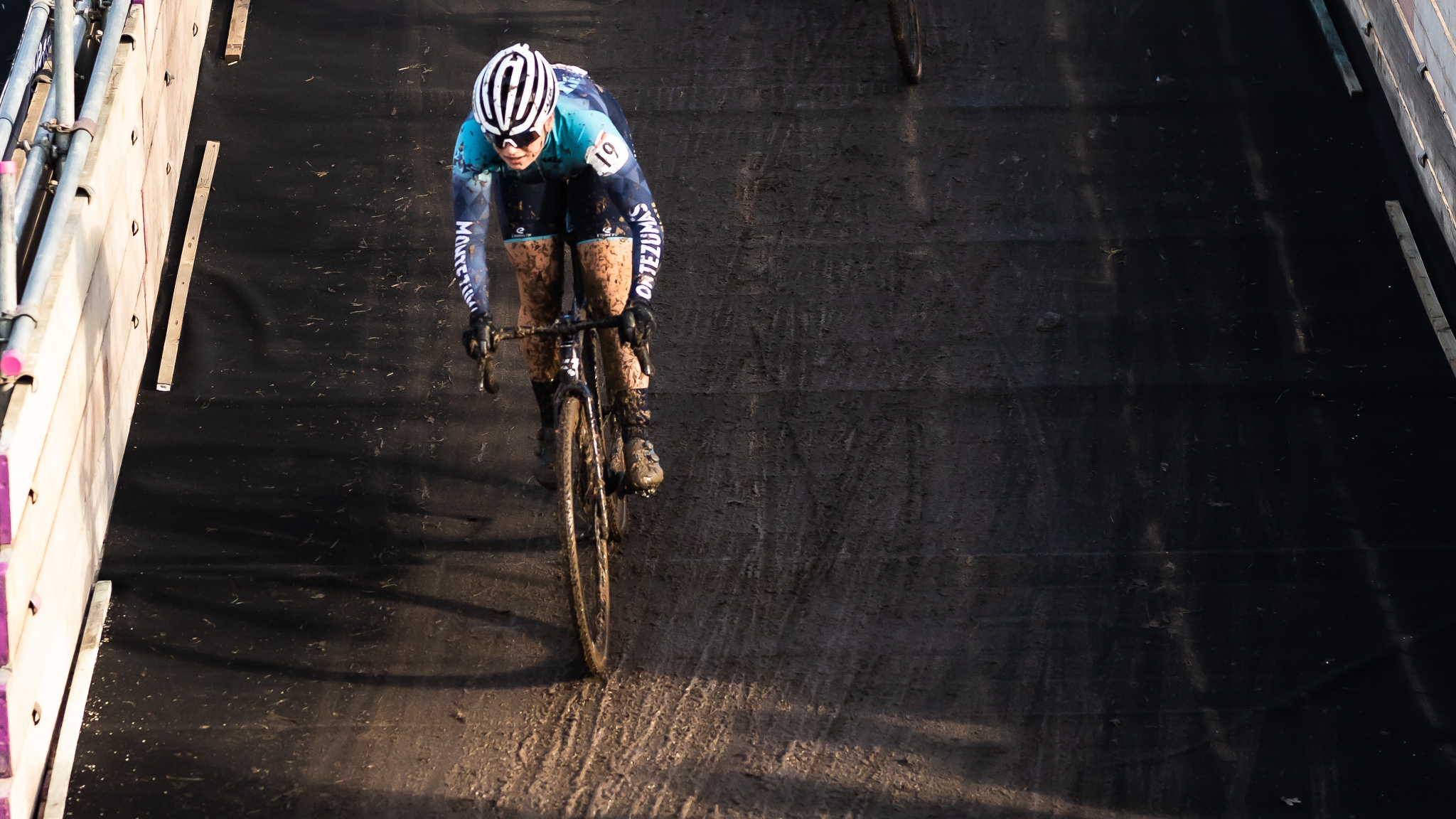
And there you have it. Some key skills to master this winter and make you cross like a boss. There is always more to learn and skill's come with actual race experience, most importantly though, remember you’re out there to have fun.
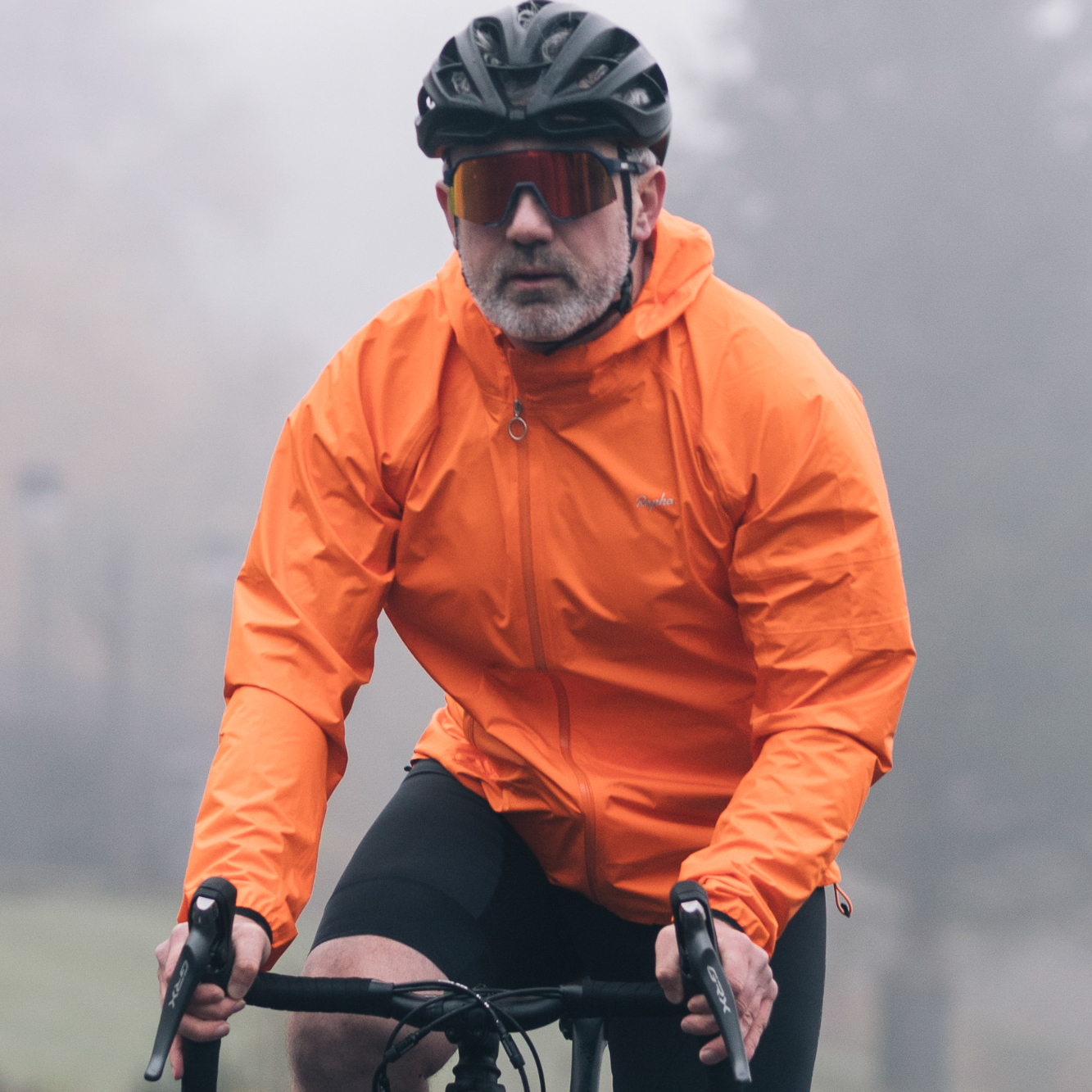
Paul Brett joined BikePerfect as a staff writer in 2022. He has been an avid cyclist for as long as he can remember, initially catching the mountain biking bug in the 1990s, and he raced mountain bikes for over a decade before injury cut short a glittering career. An award-winning photographer, when not riding a bike, he can be found at the side of a cyclocross track or a downhill mountain bike world championship shooting the action. Paul was the founder, editor and writer of Proper Cycling magazine, and he's traveled the world interviewing some of the biggest names in mountain biking and writing about some of the biggest cycling brands.
Current rides: Canyon Inflite, Specialized Diverge, Marin Alpine Trail 2
